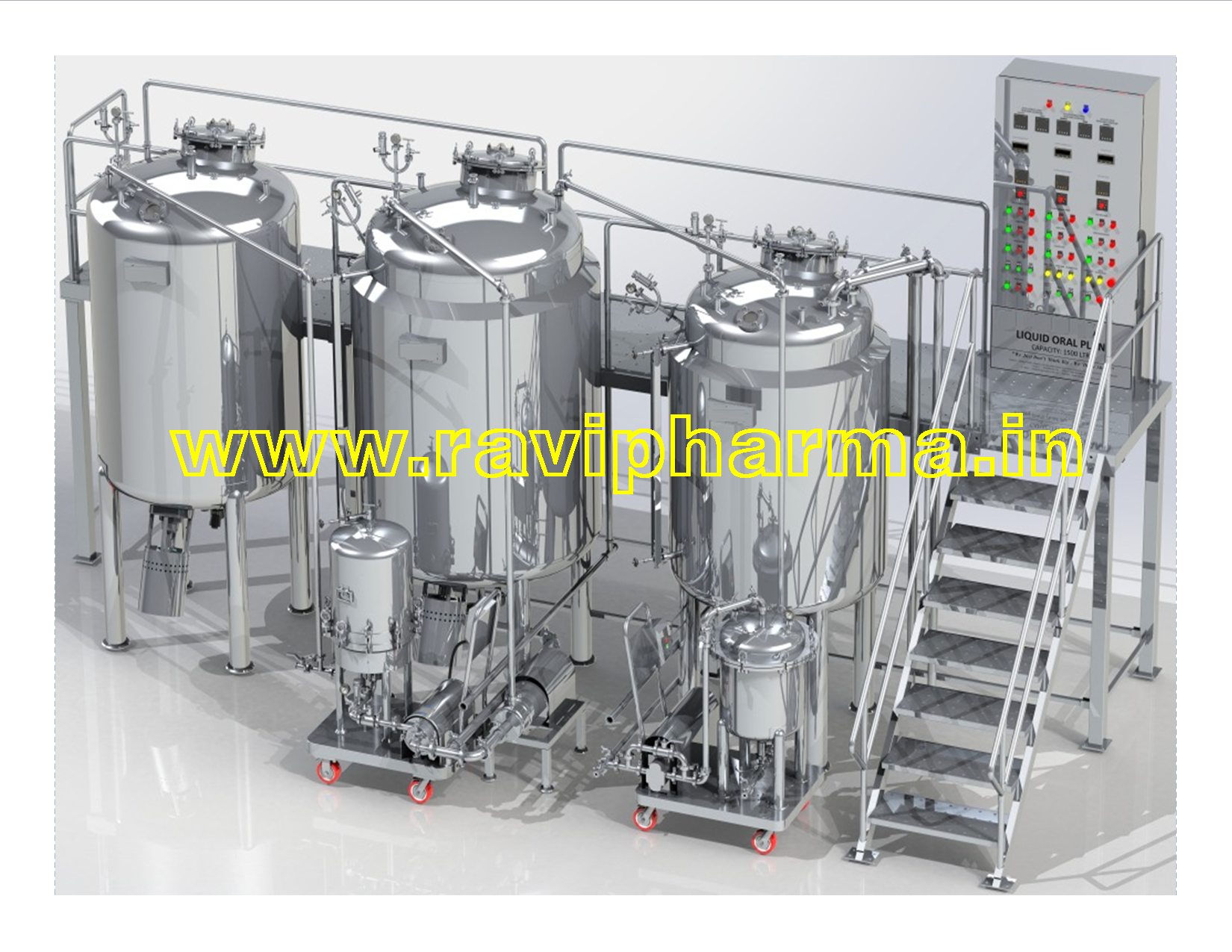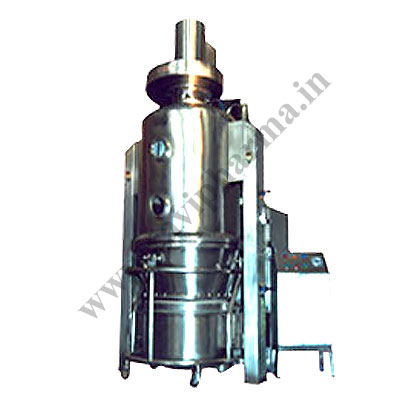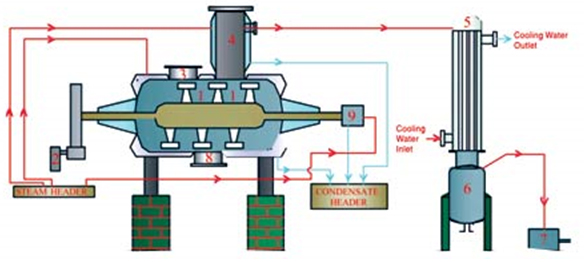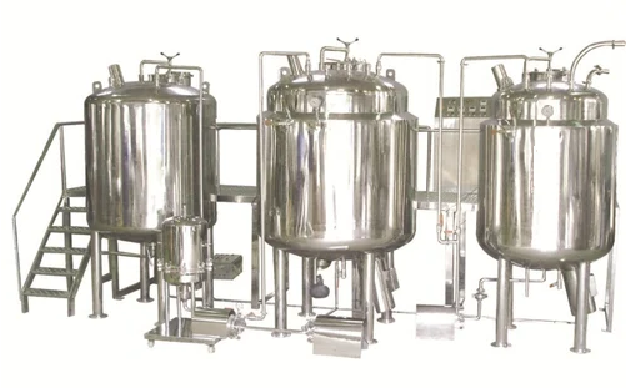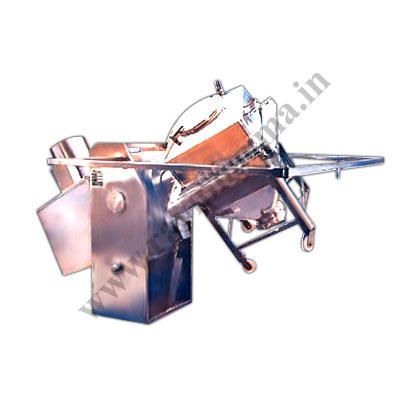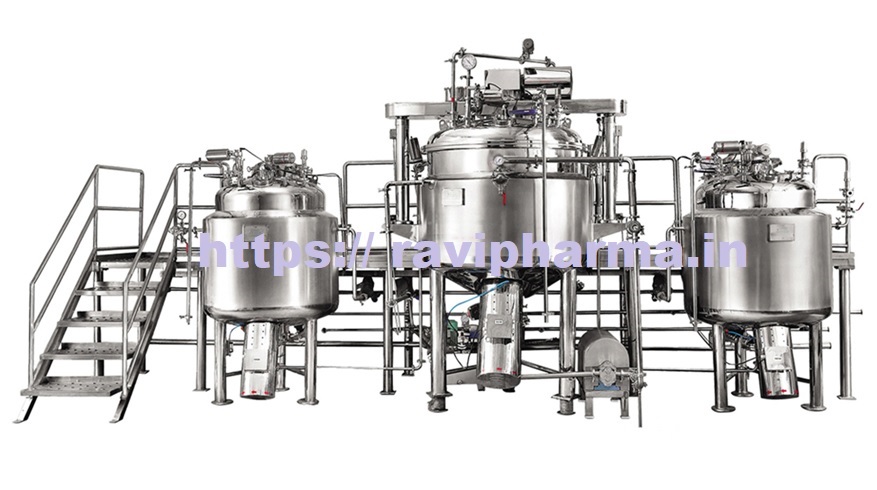
✅ Ointment Cream Lotion Manufacturing Plant – Overview
An ointment cream lotion manufacturing plant is a facility where semisolid preparations like ointments, creams, gels, and lotions are manufactured under controlled conditions to ensure product safety, efficacy, and quality. Ointments are used in pharmaceutical, cosmetic, and veterinary applications and require specialized equipment and cleanroom environments.
📦 Key Components of an Ointment Cream Lotion Manufacturing Plant
1. Infrastructure Requirements
- Cleanroom design with controlled temperature, humidity, and airflow.
- GMP-compliant layout to ensure contamination-free manufacturing.
- Separate areas for raw material storage, manufacturing, packaging, and finished goods.
- Adequate utilities like:
- Water (purified water, sometimes WFI)
- HVAC systems
- Compressed air
- Electrical systems with backup power.
2. Raw Materials – Ointment Cream Lotion Manufacturing Plant
- Active pharmaceutical ingredients (APIs)
- Bases (petroleum jelly, paraffin wax, lanolin, etc.)
- Emulsifiers, stabilizers, preservatives, fragrances, and colorants.
3. Process Flow
Typical manufacturing steps:
- Weighing of raw materials.
- Melting and mixing of bases and excipients using jacketed kettles or mixing vessels.
- Incorporation of APIs under controlled conditions.
- Homogenization for uniform texture.
- Cooling to set the ointment.
- Filling into tubes, jars, or containers.
- Packaging and labeling.
- Quality control testing for stability, microbial limits, pH, etc.
4. Major Equipment Used – Ointment Cream Lotion Manufacturing Plant
- Jacketed mixing vessel with heating and cooling system.
- Planetary mixers or high-shear mixers.
- Homogenizer for emulsions.
- Vacuum system to remove air bubbles.
- Filling machines (semi-automatic or fully automatic).
- Tube filling and sealing machine.
- Blister packaging, labeling, and cartoning machines.
- Water purification systems.
5. Quality Control and Testing
- Viscosity measurement.
- pH testing.
- Microbial limit tests.
- Stability studies.
- Uniformity of content.
- Packaging integrity.
6. Regulatory Compliance
- Good Manufacturing Practices (GMP).
- WHO, USFDA, EMA, or local regulatory standards.
- Proper documentation (Batch Manufacturing Records, SOPs, validation reports).
📊 Scale of Operation
- Pilot-scale plant (for research and development).
- Small-scale production unit (local pharmaceutical or cosmetic brands).
- Large-scale commercial plant (high-volume global production).
🏭 Optional Facilities
- Research & development lab.
- Stability chambers.
- Waste management system.
- Environmental monitoring systems.
📋 Example Setup
| Section | Description |
|---|---|
| Raw Material Storage | Air-conditioned, moisture-controlled storage area |
| Manufacturing Area | Jacketed kettles, mixing, homogenization under GMP conditions |
| Packaging Area | Tube filling, labeling, cartoning |
| Quality Control Lab | Testing for consistency, microbial contamination, and stability |
| Utilities | Water purification, HVAC, compressed air, fire safety |
If you want, I can also provide:
✔ A detailed layout diagram
✔ Equipment list with capacity suggestions
✔ Project cost estimation
✔ GMP-compliant SOP templates
✔ Specific design for a small, medium, or large-scale ointment manufacturing plant
